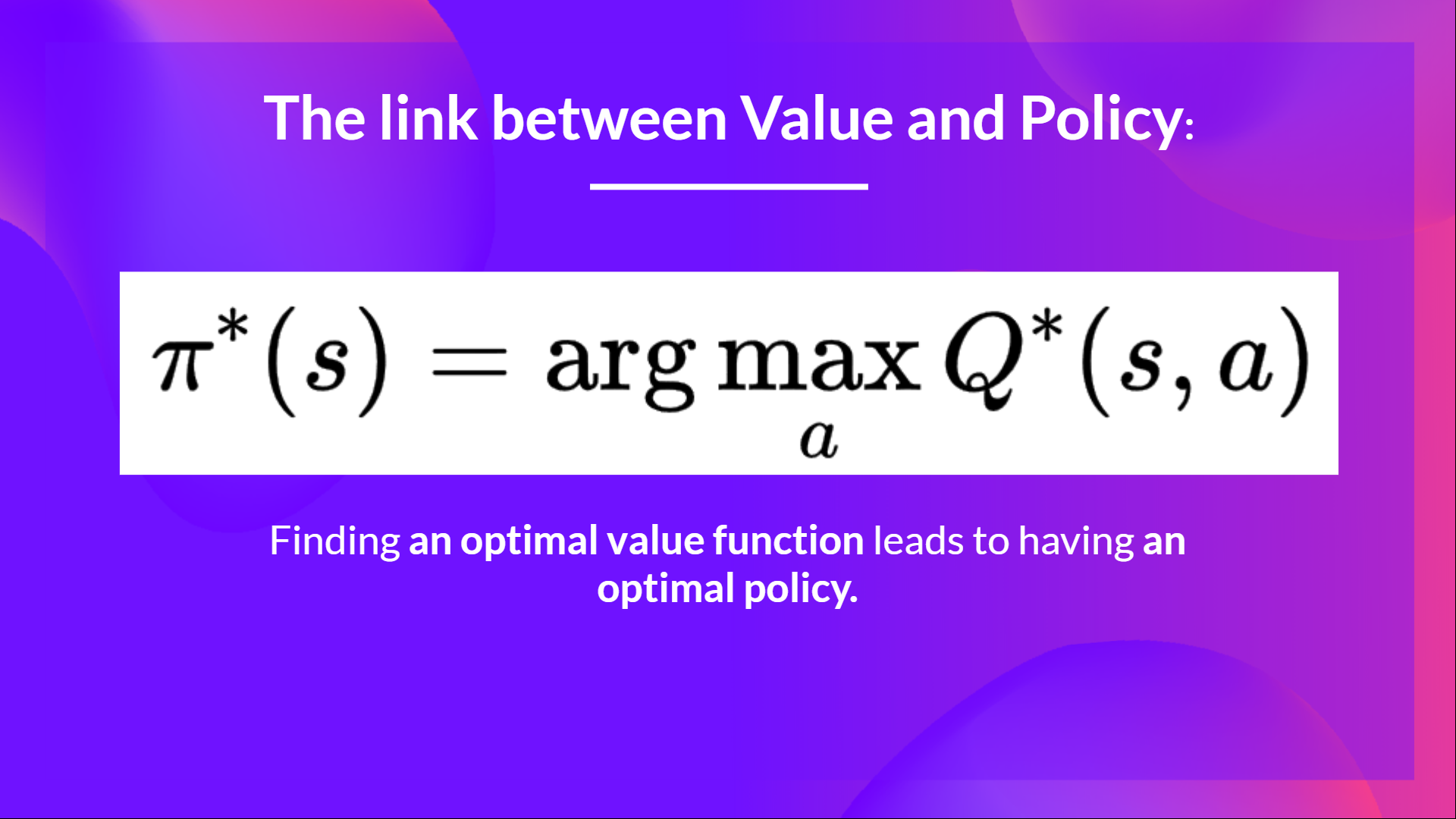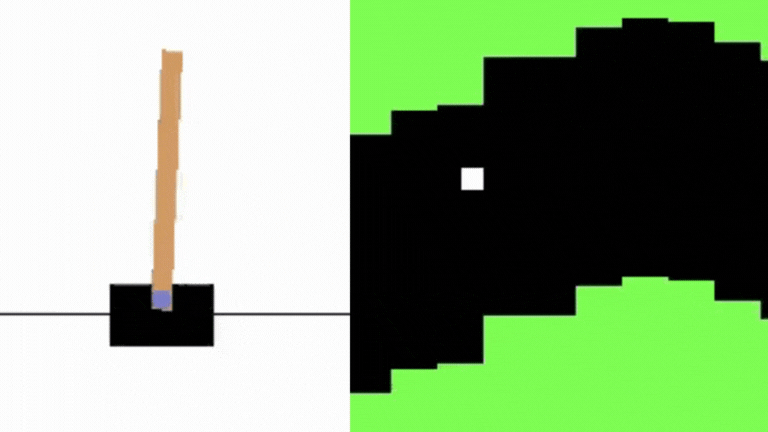Deep RL Course documentation
Introduction
Introduction

In the last unit, we learned about Deep Q-Learning. In this value-based deep reinforcement learning algorithm, we used a deep neural network to approximate the different Q-values for each possible action at a state.
Since the beginning of the course, we have only studied value-based methods, where we estimate a value function as an intermediate step towards finding an optimal policy.

In value-based methods, the policy (π) only exists because of the action value estimates since the policy is just a function (for instance, greedy-policy) that will select the action with the highest value given a state.
With policy-based methods, we want to optimize the policy directly without having an intermediate step of learning a value function.
So today, we’ll learn about policy-based methods and study a subset of these methods called policy gradient. Then we’ll implement our first policy gradient algorithm called Monte Carlo Reinforce from scratch using PyTorch. Then, we’ll test its robustness using the CartPole-v1 and PixelCopter environments.
You’ll then be able to iterate and improve this implementation for more advanced environments.

Let’s get started!
< > Update on GitHub